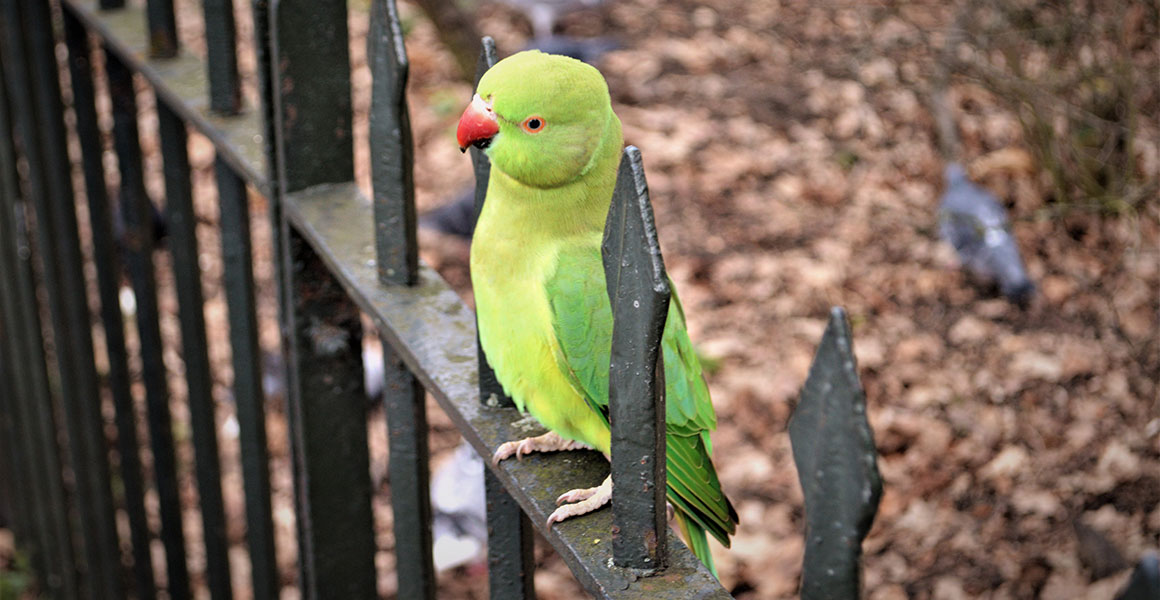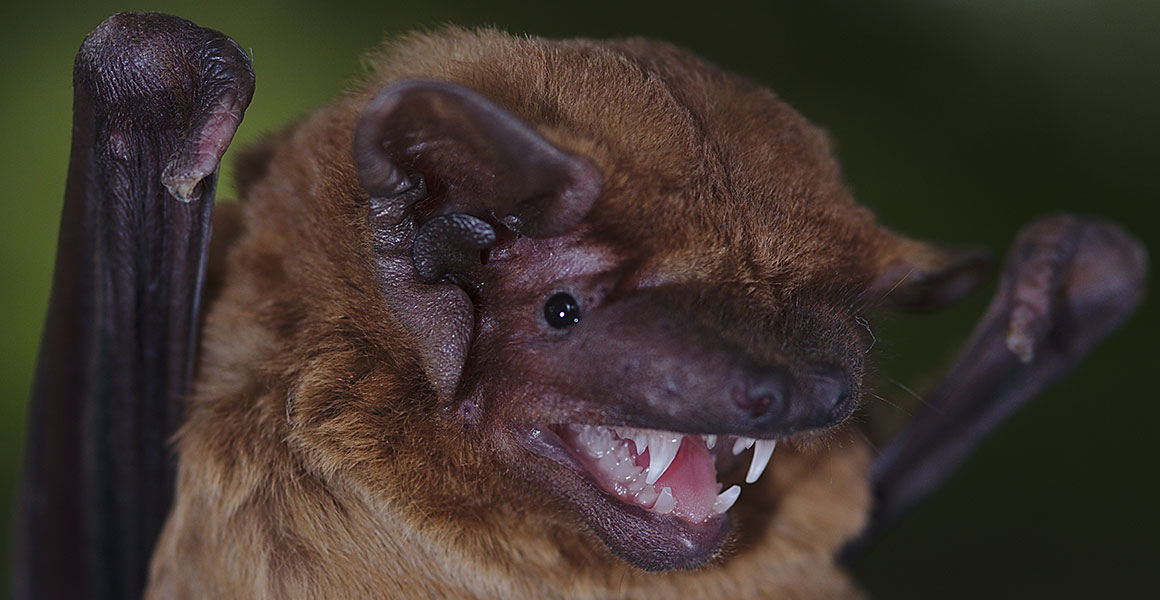British wildlifeHow to make and use a nature journal to record your wildlife observations
Keeping a nature journal is a great way to record any nature you see, from plants in the park to a spider in your living room.
Here we provide simple craft instructions so you can make your own journal, but you could also use an empty notebook or collect the information digitally.
If you keep up the habit, you will quickly build up a record of your local wildlife and surroundings.
Your findings could even help scientists monitor wildlife changes.
Crafting your own nature journal
You will need:
- recycled card
- paper
- hole punch
- stick
- rubber band
- scissors
Assembling your journal:
- Fold the card in half and cut it to the same size as your paper.
- Place a stack of paper inside the card.
- Punch two holes through the card and paper.
- Cut or break your stick so that it is longer than the distance between the two holes.
- Thread one end of the rubber band through a hole and loop it over the stick.
- Repeat with the other end of the stick.
- Decorate your journal and write your name on it.
Now you are ready to record your plant, animal and other nature observations.
Observing nature
Record what interests you, in your own style. If you would like to contribute your findings to biological record databases to help scientists monitor wildlife changes, include:
- What was observed
- Where
- When
- Who made the observation
These are what will turn your observations into a useful scientific record.
Ways to use your nature journal
There are many ways to record your nature observations. Your journal will be unique to you, reflecting your personal style and interests.
Perhaps you like to include images - whether simple sketches, more detailed colourful drawings or photos that you've taken and printed out. You might prefer to write long, detailed descriptions or include a more diary-like account with records of feelings and emotions.
You can even stick in small collected items that you find or add pressed flowers. Use whatever tools work best for you.
Wildlife observation ideas
What kinds of observations should you make? Again, this depends on your interests, where you are and the time you have available.
You could note down:
- The birds you see and hear in your garden
- Wildlife you spot from a window in your home
- A list of species you find on a favourite walk
- Animal behaviour, such as insects mating, fighting and pollinating plants
- Changes in trees or plants - when they bud, flower and fruit
You could actively search for and examine animals in your garden by making a pitfall trap to catch insects and other minibeasts or making a light trap to spot night-flying insects.
The importance of amateur biological recording
Even as an amateur, your observations can be valuable to science, says Steph West from the Museum's Angela Marmont Centre for UK Nature .
'The UK's National Biodiversity Network Atlas holds nearly 226 million records, covering over 45.5 thousand species, with most of those records coming from amateur natural historians.
'That wealth of data, supplied primarily by people volunteering their time and effort through watching wildlife, means that we understand our biodiversity far better than we ever could through the efforts of researchers and scientists alone.
'It is vitally important, particularly at a point where we know that our environment is changing rapidly that we continue to collate these records.'
Steph emphasises, 'Any record that includes who [made the record], what [was recorded], when and where is of value, no matter how common the species is. In fact, our common species are very often some of our most under-recorded species, simply because people don’t bother to record them.'
Sharing your observations of nature
If you'd like to share your biological records, there are many databases and schemes that you can contribute to. Find out more by reading our Introduction to biological recording.
Recording databases and apps
- iRecord is a tool for managing and sharing your UK wildlife records. It is the most regularly used biological recording tool in the UK. Observations are verified then fed to the appropriate National Biodiversity Network. Data can be uploaded via the website or a mobile app.
- iNaturalist can be used around the world. Your uploaded images are checked by an AI photo recognition tool to assist with identification, then verification is crowd-sourced from other users. Scientists use the database for their research. Data can be uploaded via the website or a mobile app.
UK Recording Schemes
The Biological Records Centre hosts a number of UK biological recording projects, from amphibians and reptiles to fungi. Find a scheme that appeals to you and start collating your records.
You can also contribute data to numerous citizen science projects, from garden birds to slugs. See the box at the bottom of this article for UK projects, or check out our Nature Recording Hub.
Getting identification help
If you are struggling to identify things that you've seen, there are various ways to get help:
- The Museum's Identification and Advisory Service can give advice about wildlife, fossils and other natural history specimens.
- The Museum has a range of ID guides and keys that you can use.
- The iNaturalist app (Google Play or App Store) or AI photo recognition tool can be very helpful to get an idea of what you are looking at. Just take a photo, make sure your location is correct and tick whether the specimen is wild or cultivated. Accuracy can vary, so use with some caution.
- Organisations such as the RSPB and Woodland Trust have guides for their species of interest.
Keep being curious
How can you maintain your nature journal habit? 'First and foremost, be curious,' says Steph.
'All of the most notable natural historians, including Pliny the Elder, Gilbert White, Charles Darwin, Dorothea Bate and David Attenborough have one key thing in common - they were and are endlessly curious about the world around them.
'As you can so often see from David Attenborough's films, that curiosity doesn't have to be about the new, rare or exotic, but can come from the most mundane, common species, if you only take the time to watch, listen and observe.'
If you'd like to grow your interest, there are many groups and societies around the UK, such as the Wildlife Trusts, which run walks, talks and courses where you can meet other people who share your interest and learn from them.
There’s plenty you can do online too. Facebook has many pages run by species-interest groups where you can get advice and help with identification, or follow interesting hashtags like #wildflowerhour on Twitter.









Don't miss a thing
Receive email updates about our news, science, exhibitions, events, products, services and fundraising activities. We may occasionally include third-party content from our corporate partners and other museums. We will not share your personal details with these third parties. You must be over the age of 13. Privacy notice.
Follow us on social media